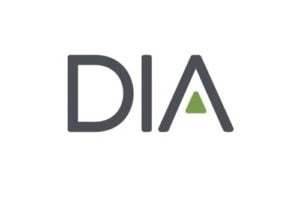Writing in the August edition of DIA’s Global Forum magazine, Wen Yin of the Pfizer China R&D Center and Wanhe Deng of GSK China Investment look back on four years of China’s marketing authorization holder (MAH)-based regulatory system, including the opportunities it presents, and some of the implementation challenges.
After a four-year pilot program in 10 provinces, China’s MAH-based regulatory system was officially established with the implementation of the Drug Administration Law on December 1, 2019. Under this system, MAHs are authorized to produce drugs themselves or contract the production to drug manufacturing companies. As a result, the group of “B certificate holding companies” (companies with drug products that have entered the commercialization stage but do not yet have their own production capabilities) has grown significantly, becoming one of the main features of China’s pharmaceutical industry. At this stage of early implementation of a new regulatory mechanism, the trend of rapidly increasing numbers of MAHs entrusting contract development and manufacturing organizations (CDMOs) for drug manufacturing becomes a potential regulatory concern.
The DIA China 2023 Annual Meeting featured a dedicated session on Improving China’s Marketing Authorization Holder (MAH) System to Facilitate New Drug Development, where senior regulatory experts discussed its opportunities and challenges.
Since the first drug from the pilot program received marketing approval in June 2018, and the number of applications has since continued to increase, pressure on regulatory oversight has intensified. In response, more supporting regulations under the Drug Administration Law and the technical specifications related to MAHs have been introduced since 2020, further clarifying MAH’s responsibilities and requirements throughout the entire drug life cycle. For example, the Regulations on the Implementation of the Main Responsibility for Drug Quality and Safety Supervision and Management by the Drug Marketing Authorization Holders (in Chinese), which took effect on March 1, 2023, places greater emphasis on quality and safety management throughout the entire drug life cycle and clarifies the responsibilities and requirements of key personnel of MAHs.
Opportunities in MAH System Implementation
1) The MAH system aims to encourage innovation
Innovation is one of the main drivers for the pharmaceutical industry in China, as elsewhere. Research and development (R&D)-based pharmaceutical companies have become an important emerging force in promoting pharmaceutical innovation and transformation in the country. The implementation of the MAH system has changed the previous model of linking marketing approval to drug manufacturing companies, thus encouraging the separation of R&D and production. Under the new model, R&D companies can now establish their own production facilities or entrust other companies to produce drugs, thereby increasing production flexibility and stimulating the enthusiasm of R&D personnel to accelerate the speed of new drug entry into the market. As awareness of outsourcing production gradually increases, more R&D companies are encouraged to gradually become MAH holders and move towards drug commercialization.



